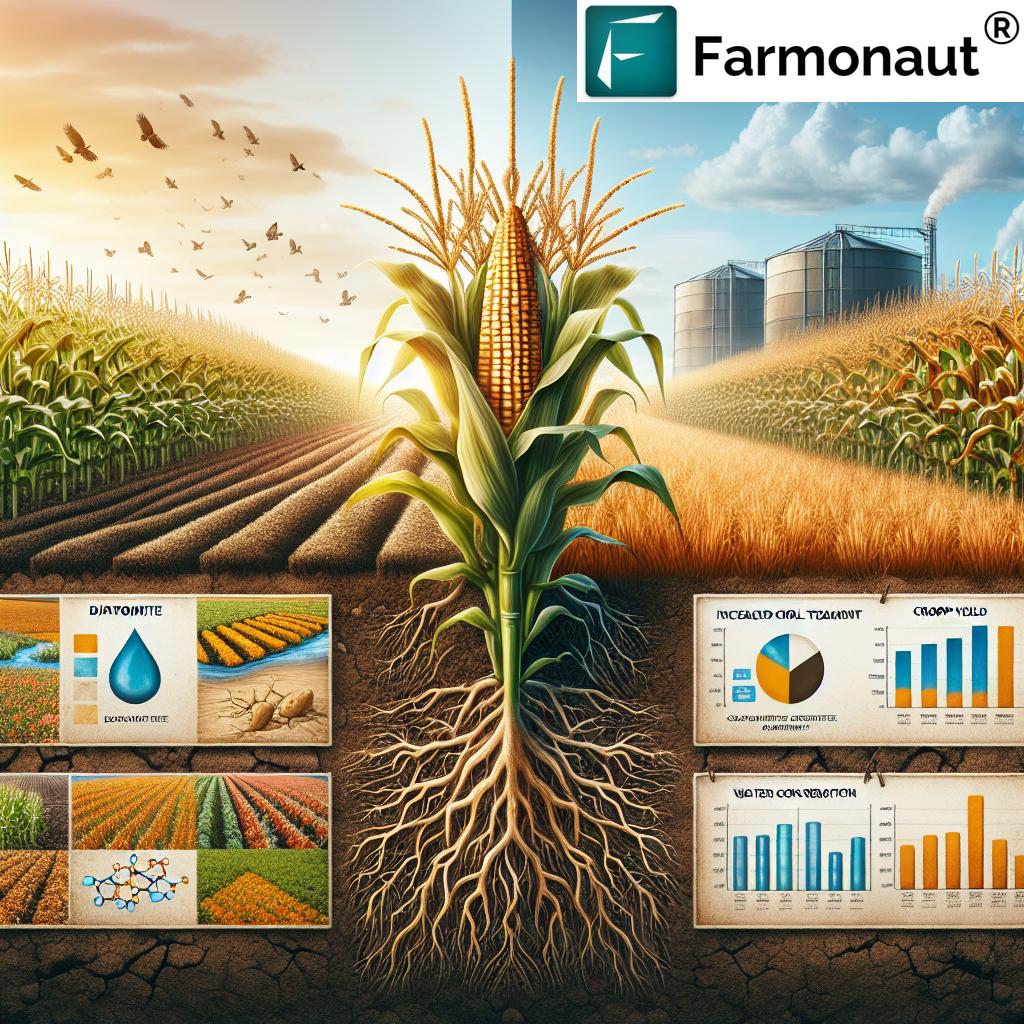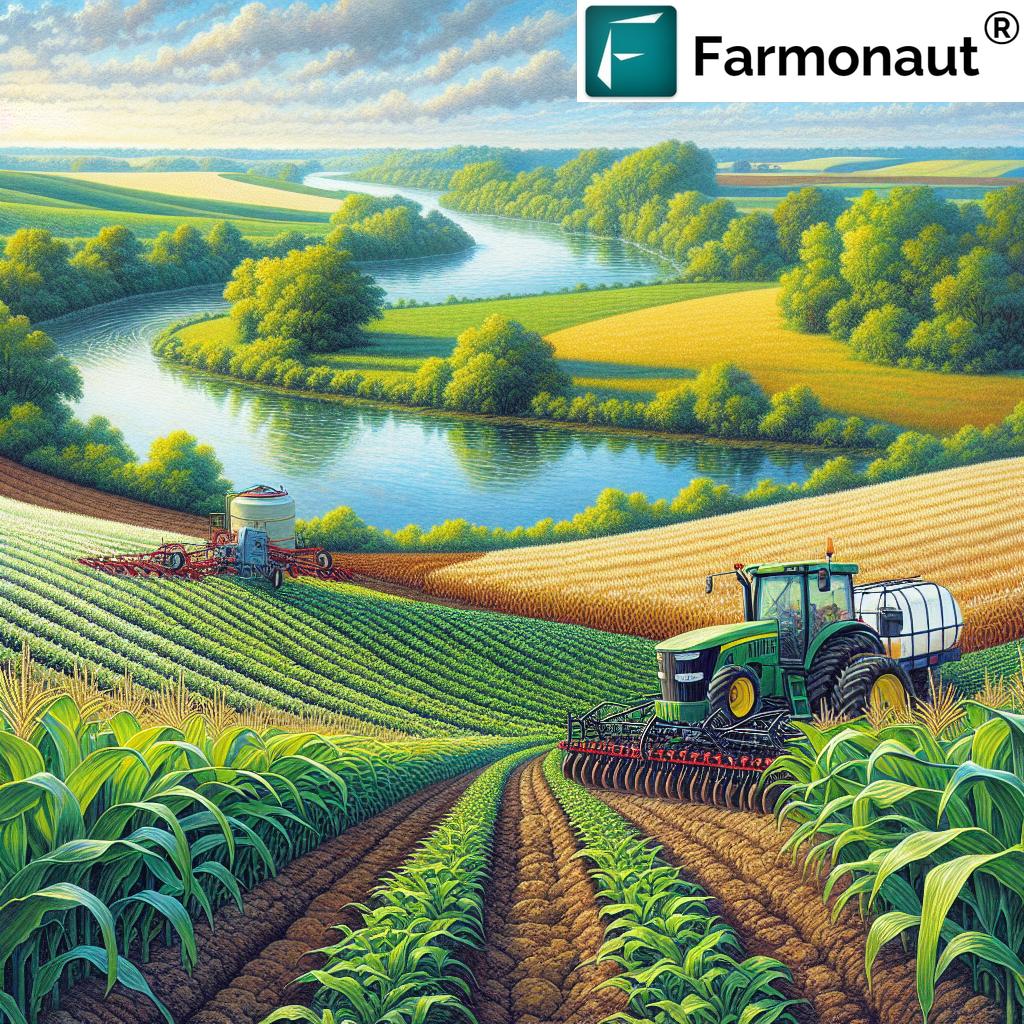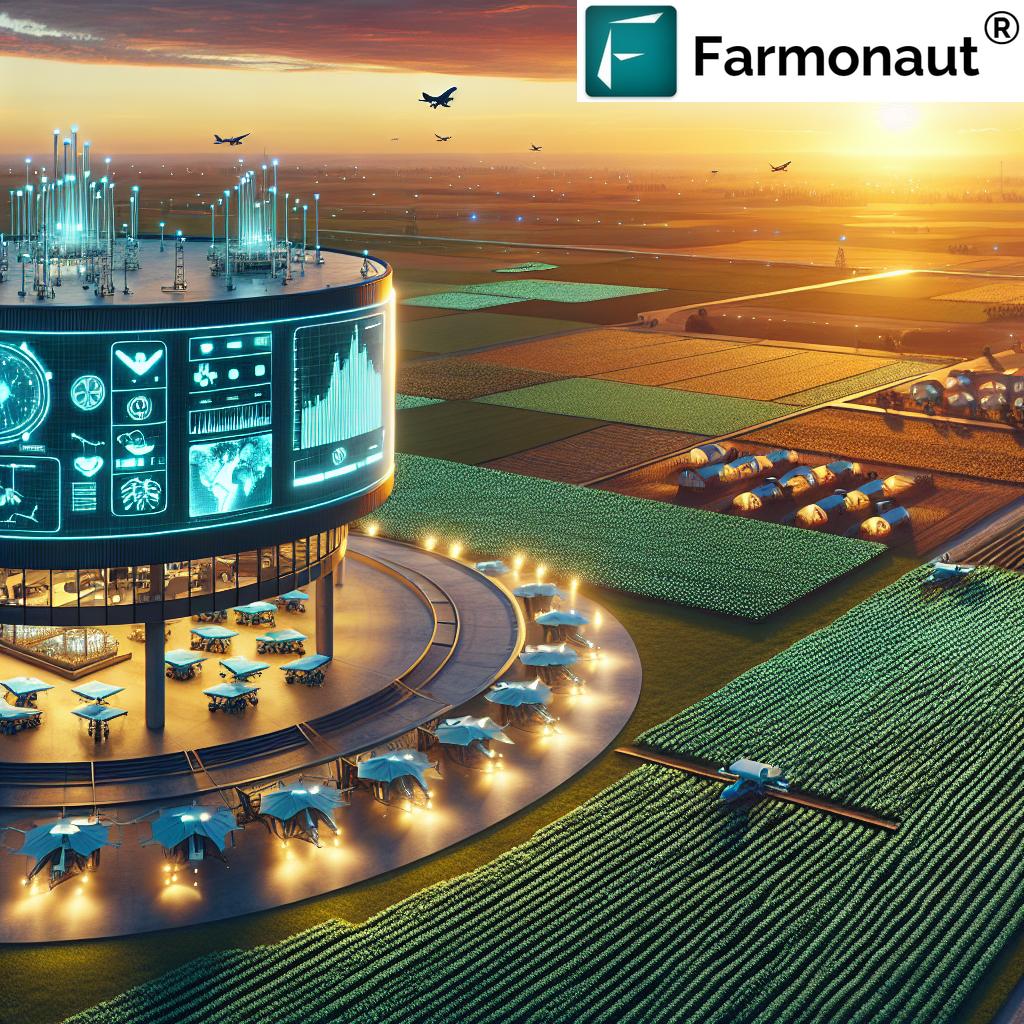Ag Loans Pasco, Equipment Loans Alto Pass & Ag Loans OR: The 2025 Financial Growth Blueprint
“In 2025, over 60% of Pasco farmers plan to use ag loans for sustainable farm expansion.”
Introduction: The Critical Role of Ag Financing in 2025
In 2025, robust financing forms the backbone of sustainable growth and modernization in American agriculture. As the sector faces increasing pressures—climate variability, global demand shifts, rising operational costs, and the push toward environmental stewardship—farmers and agribusiness owners must balance technological advancements with prudent financial practices.
Focus regions such as Pasco, Washington, Alto Pass, Illinois, and the diverse farmlands of Oregon are witnessing rising demand for a variety of agriculture-focused loans. These include ag loans, agriculture equipment loans, ag land loans, and ag operating loans. Understanding the nuances of these lending options is essential for those striving for growth, profitability, and long-term sustainability.
In this comprehensive guide, we explore how farmers can leverage these products across regions—spotlighting the unique challenges, opportunities, and sustainable impact each brings in the evolving agricultural marketplace of 2025 and beyond.
Ag Loans Pasco: Fostering Sustainable Growth in Yakima Valley, Washington
Understanding the Economic Landscape of Pasco
Pasco, located in Washington’s fertile Yakima Valley, is recognized for its robust agricultural economy focused on tree fruits, grapes, and vegetables. Farmers here are increasingly seeking ag loans Pasco to fuel expansion, overcome environmental challenges, and modernize operations for 2025 and beyond.
- Climate Challenges: The region’s semi-arid climate poses water scarcity risks, demanding sustainable irrigation and water management infrastructure.
- Crop Diversity: Pasco’s focus on specialty crops means financing is often oriented toward both land acquisition and crop-specific technology investments.
- Technological Adoption: There is an increased appetite for satellite-based farm management and precision agriculture, driving the need for tailored loan structures.
Key Ag Loan Features in Pasco
- Flexible Loan Terms: Many ag loans Pasco offer seasonally adjusted repayment schedules, aligning with harvest and crop cycles to reduce financial pressure.
- Government-Backed Loans: USDA and state programs provide low-interest, guarantee-backed options—vital for farmers with variable credit histories.
- Investment in Sustainability: Loans often include provisions for water-efficient irrigation systems, drip technologies, and greenhouse upgrades—critical tools in combating water scarcity and complying with regulations.
- Machinery Upgrades: Funding is available for advanced agricultural machinery, from GPS-equipped tractors to AI-powered monitoring solutions.
The Environmental and Economic Impact
Sustainable expansion supported by ag loans Pasco offers resilient pathways for farmers to:
- Upgrade to eco-friendly irrigation systems and reduce overall water use
- Purchase energy-efficient equipment, minimizing operational costs and environmental impact
- Expand into new crops or vertically integrate processing and storage operations
Farmonaut’s satellite-based monitoring and real-time environmental tracking—accessible to financial institutions and farmers—enables more informed, risk-mitigated lending, and supports precision agriculture initiatives in the region. Learn more about carbon footprint monitoring for sustainable loan impact analysis here.
Agriculture Equipment Loans Alto Pass: Mechanization Drive in Illinois
“Alto Pass saw a 35% rise in agriculture equipment loan applications in the last year alone.”
A Focus on Mechanized Efficiency in Southern Illinois
Alto Pass—nestled in the heart of Illinois—boasts fertile soils, steady rainfall, and diverse crop production. Farms here recognize equipment modernization as essential to maximizing yields and maintaining sector competitiveness.
- Mechanization is driving higher output and reducing labor costs for producers in Alto Pass.
- The focus in 2025 is on acquiring state-of-the-art machinery: tractors, combine harvesters, GPS-enabled planters, and smart sprayers.
How Agriculture Equipment Loans Alto Pass Work
- Purpose-Built Financing: Agriculture equipment loans Alto Pass specifically enable the acquisition of:
- Modern tractors and combines for efficient land management
- Precision agriculture tools, allowing farmers to manage input use and optimize every acre
- Harvesters & telematics-enabled implements to integrate with digital farm platforms
- Tailored Repayment Schedules: Lenders increasingly align loan repayments with crop cycles, offering seasonal windows or deferred payments tied to expected revenue periods.
- Flexible Terms: Loan durations are adjusted to match equipment lifespans, spreading costs over time, which improves cash flow and lowers annual financial stress.
Applying for agriculture equipment loans Alto Pass allows producers to access advanced tools that can:
- Reduce manual labor requirements
- Improve planting, irrigation, and harvest precision
- Cut fuel and maintenance costs via smart equipment diagnostics
- Enhance compliance with environmental best practices
Farmonaut’s fleet management tools can be leveraged by farmers to remotely track and optimize the usage of new machinery, thus ensuring every dollar of the loan works towards improving operational efficiency. For large-scale fields, our large-scale farm management app integrates with crop health data, supporting smarter loan-backed equipment investments.
Ag Land Loan Oregon: Pathways for New and Expanding Producers
The Importance of Land Acquisition Loans in Oregon
Expanding or entering farming in Oregon often starts with access to land. The state’s agricultural richness—ranging from specialty fruits, vegetables, and organics to traditional row crops—creates a competitive environment where land value and acquisition are critical.
- Who needs ag land loans?
- New farmers seeking to establish a foothold in profitable markets
- Existing producers aiming to diversify operations or boost production
- Key Loan Features:
- Repayment schedules customized for cyclic farm incomes
- Loan terms stretching up to 30 years in some cases
- Inclusion of government and private lender programs
- Eligibility guidelines favoring beginning and youthful ag entrants
Ag land loan options in Oregon are not just about financing real estate; they often incorporate:
- Advisory support for new owners—covering zoning, irrigation rights, and environmental compliance
- Resilience-focused lending—rewarding conservation practices or sustainable soil and water management
- Digital soil health and plantation advisory tools, enabling smarter land utilization from day one
This blend of financial and operational support positions Oregon as a leader in sustainable, diversified agriculture for 2025 and the years to come.
Ag Operating Loans: Meeting Ongoing Agricultural Expenses
Bridging the Cash Flow Gap Across Seasons
After land, operating capital is the next most critical pillar for sustained growth in agriculture. Across Oregon, Washington, and Illinois, farmers rely on ag operating loans to fund day-to-day and seasonal expenses, which include:
- Seed and fertilizer purchases
- Fuel and energy needs for planting and harvesting
- Labor and contractor payments
- Crop protection (pesticides, disease management) and irrigation costs
- Unexpected repairs and weather mitigation costs
Operating loans are structured for flexibility, with draw periods that coincide with cash needs and repayment linked to actual crop proceeds. Digital application systems, real-time credit checks, and satellite-verified field data (as offered by Farmonaut) speed up loan processing and improve risk profiles for both farmers and lenders.
With 2025’s rapidly changing input prices and market conditions, such liquidity remains essential for uninterrupted farm operations—enabling both large-scale producers and family farms to maintain competitiveness throughout evolving cycles.
Comparative Loan Options Table (2025 Estimates)
| Loan Type | Estimated Interest Rates (%) 2025 |
Typical Loan Amount Range ($) | Average Repayment Period (Years) | Eligibility Criteria | Sustainable Impact Potential |
|---|---|---|---|---|---|
| Ag Loan Pasco (WA) | 4.5% – 7.0% | $25,000 – $2,000,000+ | 5 – 15 | Active farm in Yakima Valley, demonstrated operational need, water mgmt. plan | High (supports water-efficient tech, soil conservation, advanced machinery) |
| Equipment Loan Alto Pass (IL) | 5.0% – 8.5% | $10,000 – $1,000,000 | 3 – 7 | Farms in Alto Pass region, proof of equipment purchase, credit check, crop plan | Moderate-High (enables mechanization, reduces labor, boosts precision & sustainability) |
| Ag Land Loan Oregon | 4.0% – 6.5% | $50,000 – $5,000,000+ | 10 – 30 | Beginner or established producers, Oregon residency, sustainability plan | High (supports new farmer entry, conservation practices, diversified cropping) |
| Ag Operating Loans (Multistate) | 5.5% – 9.0% | $5,000 – $500,000 | 1 – 3 | Farm operating plan, short-term cash need, proof of crops or livestock | Moderate (enables cover crops, adaptive input management, liquidity for risk) |
Digital Advancements and Farmonaut’s Role in Smarter Financing
As loan applications, farm management, and risk assessment all become digitally driven in 2025, the role of advanced agtech platforms cannot be understated. Our team at Farmonaut delivers satellite-powered insights—loved by both farmers and lenders—that transform the way loans are processed and managed.
-
Satellite-Based Monitoring:
Provides real-time crop and soil health data that facilitates loan risk analysis, collateral tracking, and proactive farm advisory—all from your mobile device.
Explore how satellite-powered verification supports easier, faster crop loan and insurance approvals. -
Blockchain-Based Traceability:
Enables full product and resource history, securing trust for supply chain loans and ensuring access to premium lending rates for traceable, sustainable producers.
Discover the benefits of blockchain-based traceability in agriculture lending. -
Fleet & Resource Management:
Integrates loan-backed equipment directly into satellite-tracked logistics, minimizing downtime, improving ROI on lending, and supporting sustainable mechanization strategies.
See how resource management tools improve utilization of financed assets.
APIs For Developers: Do you want to integrate advanced satellite and weather insights into your banking or lending solution? Use our Farmonaut satellite API and consult the detailed API developer documentation for seamless integration and custom alerts.
Download the Farmonaut App for instant field monitoring and loan documentation:



Regional Considerations: Adapting to Location-Specific Needs
The structure and intent of agricultural loans vary to meet regional realities, reflecting the actual needs and risk profiles of farmers in each location:
-
Pasco, Washington:
Focus on water management, drought resilience, and high-value tree fruit production. Lending often mandates climate-smart practices and tracks environmental impact using digital and satellite tools. -
Alto Pass, Illinois:
Emphasizes mechanization, efficiency gains, and sustainable soil health. Loans here are more likely to be paired with equipment-integrated digital management and fleet monitoring on every financed tractor or combine. -
Oregon:
Caters to smaller and specialty farms, with lending programs designed to foster new producer entry, diversification, and sustainable land management. Advice on soil, crop rotation, and conservation are often included as part of ag land loan packages.
Federal programs and private lenders continue to cooperate with technology providers, using verifiable data to process, monitor, and adapt loans for each region’s dynamic needs—helping farmers meet both business and sustainability goals.
2025 Outlook: Financing Strategies for Sustainability & Competitiveness
The agricultural lending landscape is evolving. As we move through 2025:
- Environmental, Social, and Governance (ESG) Criteria: Loans are increasingly tied to the adoption of renewable energy, carbon farming, and regenerative soil practices. Programs with higher sustainability standards may receive better rates and more extended terms.
- Climate-Smart Incentives: Lenders may provide bonus funding or rate reductions for farmers implementing solar panels, soil carbon sequestration, cover cropping, and efficient irrigation in water-scarce areas.
- Data-Driven Risk Management: The integration of satellite imagery, digital weather data, AI-based field assessments, and blockchain traceability is redefining eligibility, monitoring, and insurance for all ag loans pasco, agriculture equipment loans alto pass, ag land loan, ag operating loans, and ag loans oregon.
- Faster, More Inclusive Digital Processes: Simplified digital applications reduce friction for time-pressed producers and foster greater inclusion for young and diverse entrants into agriculture.
By investing in the right mix of regional financial products, embracing data-driven technologies, and adopting sustainable practices, farmers, ranchers, and agribusiness owners are fully equipped to meet tomorrow’s challenges while safeguarding the economic and ecological future of American agriculture.
FAQs: Ag Loans Pasco, Equipment Loans Alto Pass & Ag Loans OR
1. Who can apply for ag loans in Pasco, Washington?
Any active producer within the Yakima Valley agriculture sector—with a valid farm operation, proper documentation, and often a water management or sustainability plan—can apply for ag loans Pasco in 2025. Beginning and minority farmers are encouraged through special government-backed programs.
2. What types of equipment qualify for agriculture equipment loans in Alto Pass?
Agriculture equipment loans Alto Pass generally cover a full range of mechanized and smart machinery—tractors, combines, planters, precision sprayers, and digital telematics systems used for field and fleet management.
3. What is the significance of an ag land loan in Oregon?
An ag land loan Oregon is vital for first-time entrants and established producers alike. These loans provide the capital for land acquisition, help diversify operations, and unlock long-term sustainability—often including advisory services around zoning, soil management, and irrigation rights.
4. How are ag operating loans structured in 2025?
Operating loans are short to medium-term lending products that deliver liquidity to cover routine expenses—seeds, fertilizer, labor, fuel—during crop cycles. In 2025, digital processes have made applications faster and have integrated satellite verification data for better lender oversight.
5. How do digital tools and satellite data enhance agricultural financing?
Digital platforms—like those from Farmonaut—offer lenders and producers real-time, data-driven snapshots of crop health, soil status, and overall farm risk. This not only streamlines applications but also ensures ongoing credibility and compliance for both parties.
6. Where can I get more information or assistance?
For field monitoring, documentation, or satellite-powered insights on crop loans and insurance, download the Farmonaut mobile and web app. For technical or integration questions, consult our API documentation.
Summary: Building a Future-Ready, Sustainable Agriculture Sector
In summary, ag loans pasco, agriculture equipment loans alto pass, ag land loan options in Oregon, and ag operating loans all remain essential for growth, resilience, and sustainability in the fast-evolving US farming sector of 2025. As the sector faces challenges and opportunities—from climate risks and sustainability imperatives to the digitization of lending and resource management—tailored financial products and cutting-edge technologies are reshaping the path toward long-term success.
By understanding the nuances of each loan product, staying attuned to regional needs, and leveraging digital platforms for field and financial management, farmers and agribusiness owners can make smarter investments at every stage. Modern tools—like those available from Farmonaut—enable all stakeholders to thrive in the next era of American agriculture, ensuring greater productivity, transparency, and environmental stewardship for years to come.
The future is green, data-powered, and financially sound—let’s invest wisely for the harvests ahead!










